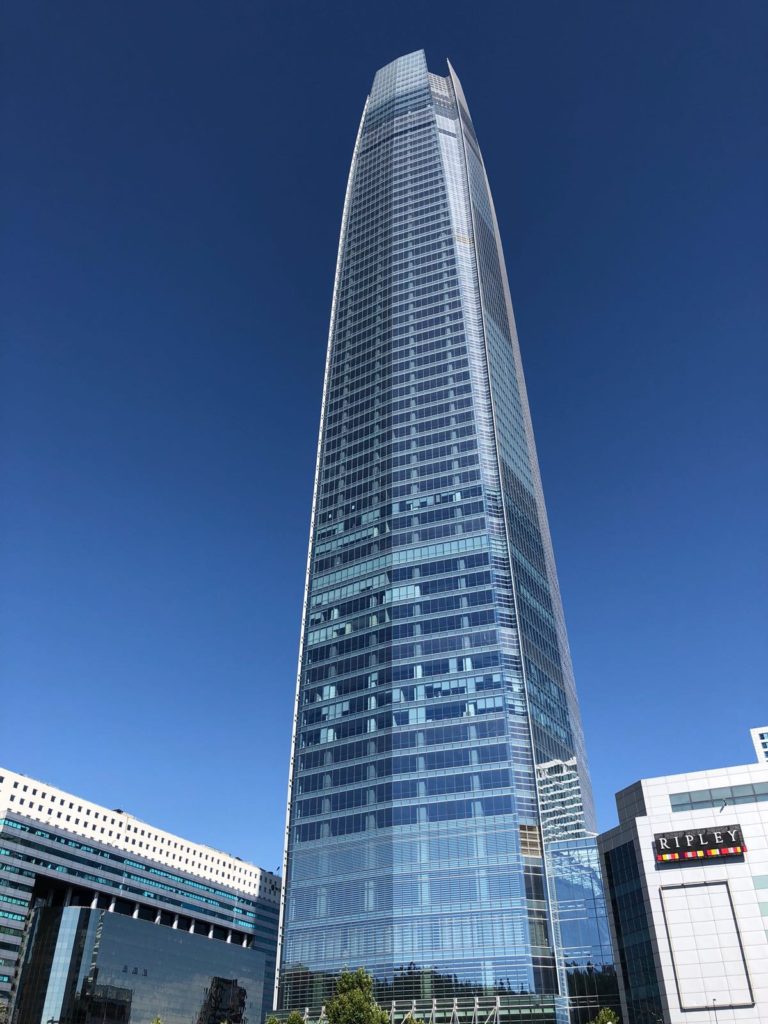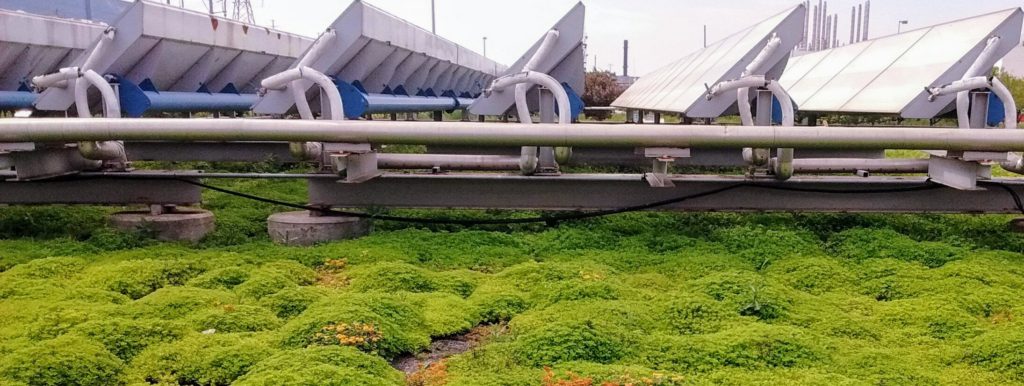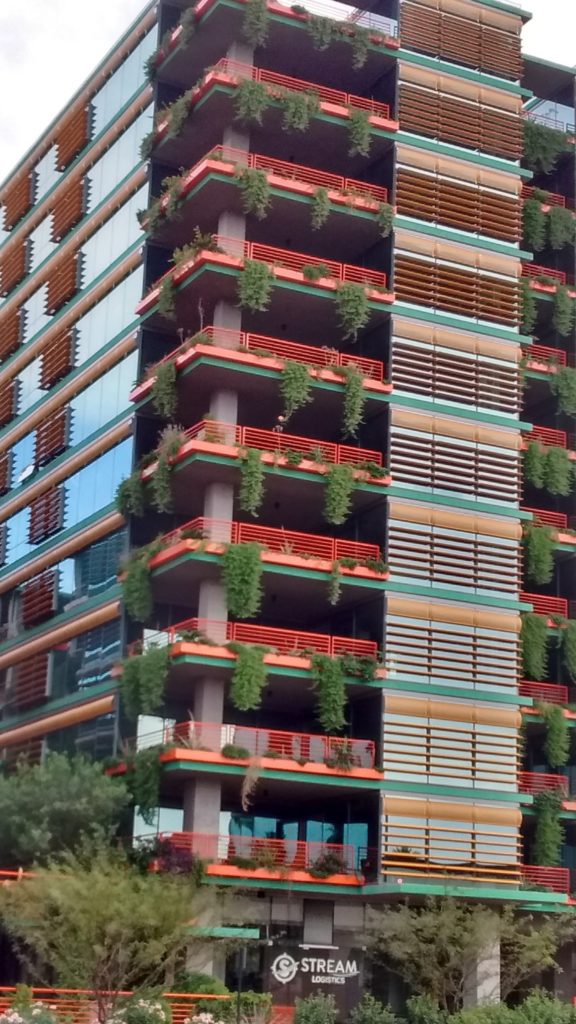Since the first method for evaluating building sustainability, in 1975, till today, more than six hundred methods have been developed. Now we are converging on one standard.
- “Since the rise of the first method for evaluating sustainability, in 1975, till today, more than six hundred methods have been developed around the world … to evaluate and certify the sustainability of buildings.

-
In the 70’s, the majority of methods focused on the use of the life cycle as a reference;
-
in the 80’s the analysis of the full life cycle methods was introduced, changing the approach towards the energy and resources needed to build, keep and demolish the building …
-
At the beginning of 90’s came out the first multi-criteria systems for evaluating building sustainability. Such systems suggest a series of actions to enhance the environmental sustainability of all buildings across all their life cycles …
-
… more than six hundred methods have been developed around the world … to evaluate and certify the sustainability of buildings.
-
There are several methodologies to classify these methods according to their characteristics, structure and common goals … One of them, calls to group them in:
-
-
Multi-criteria based systems and
-
Life Cycle based Assessments.”1
-
There is now a third that builds on life cycle and multi-criteria analysis and avoids the pitfalls of the latter. The new addition to building sustainability is:
3. Triple Bottom Line Cost Benefit Analysis (TBL-CBA).
Multi-criteria analysis consists of assigning points according to the degree of satisfaction of the criteria set for each category. Among the methods using multi-criteria evaluations is LEED (Leadership in Energy and Environmental Design). The Life Cycle Assessment tools (LCA) are standardized methods (using ISO 14040 as reference) to assess the global environmental impact of a product or service.

The next evolution in evaluating sustainability is Triple Bottom Line Cost Benefit Analysis (TBL-CBA)2. The case for sustainable, high performing buildings in terms of people, planet and profit is made in dollars. That means trade-offs, prioritizations, and decisions can be made using a common metric – dollars. The arbitrariness of points-based systems is replaced with science-based, peer-reviewed, and in many cases multiple research studies. With standardized cost benefit analysis arguments over whether an environmentally beneficial but unprofitable project should go ahead , or how to weigh the short-term local quality of life with longer-term global environmental benefits are resolved by objective analysis.
TBL-CBA where … trade-offs, prioritizations, and decisions can be made using a common metric – dollars
We think that Autocase, the only automated TBL-CBA cloud-based software for sustainable building design, is the culmination of decades of striving for a standard. Autocase has a life-cycle focus, the full carbon story, and is tied in to multi-criteria approaches such as LEED and Envision:
- life cycle cost analysis,
- operational carbon (from energy and water),
- sequestered carbon (from green roofs and vegetated ground covers),
- material life-cycle analysis (LCA via a partnership with OneClick LCA) for embodied carbon,
- air pollution and greenhouse gas emissions renewable energy credits (RECs) and carbon offsets,
- on-site renewable energy,
- carbon taxes (coming soon), and
- LEED pilot credits available for using Autocase.
______________________________________________________________________________________
1“Project Sustainability: criteria to be introduced in BIM”, by Giovanna Acampa Javier Ordóñez García Mariolina Grasso Carmen Díaz López, January 2020. Available from: https://www.researchgate.net/publication/338764909_Project_Sustainability_criteria_to_be_introduced_in_BIM [accessed Mar 11 2020].
2“Triple Bottom Line Cost Benefit Analysis (TBL-CBA) for Engineers Architects Designers & Planners” by John Parker and Autocase, January 2020. Available from: https://www.researchgate.net/publication/338980556_Triple_Bottom_Line_Cost_Benefit_Analysis_TBL-CBA_for_Engineers_Architects_Designers_Planners [accessed Mar 11 2020].
0 Comments